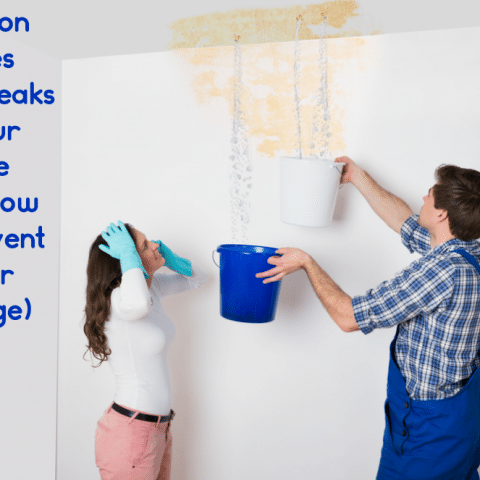Just how to Inspect If Your House Has a Covert Leak
Just how to Inspect If Your House Has a Covert Leak
Blog Article
They are making a few great observations about Locating water leaks in general in the article beneath.

Early detection of leaking water lines can alleviate a prospective disaster. Some little water leaks may not be noticeable.
1. Take A Look At the Water Meter
Inspecting it is a proven way that assists you uncover leakages. If it relocates, that suggests a fast-moving leak. This suggests you may have a slow-moving leak that could also be below ground.
2. Check Water Intake
Analyze your water costs and track your water usage. As the one paying it, you should observe if there are any type of disparities. If you identify sudden changes, regardless of your intake being the same, it indicates that you have leakages in your plumbing system. Remember, your water expense ought to fall under the exact same array each month. An unexpected spike in your costs indicates a fast-moving leak.
At the same time, a steady increase each month, despite having the same behaviors, shows you have a sluggish leak that's also slowly intensifying. Call a plumber to completely check your property, particularly if you feel a cozy location on your flooring with piping below.
3. Do a Food Coloring Examination
When it comes to water consumption, 30% comes from toilets. If the shade in some way infiltrates your bowl during that time without flushing, there's a leak in between the tank and dish.
4. Asses Outside Lines
Don't forget to examine your exterior water lines as well. Test faucets by connecting a garden tube. Needs to water permeate out of the connection, you have a loosened rubber gasket. Replace this and ensure all links are limited. It will help obtain it skillfully analyzed and also preserved yearly if you have actually got a lawn sprinkler system. One small leak can throw away tons of water as well as spike your water bill.
5. Evaluate as well as Analyze the Circumstance
Homeowners ought to make it a behavior to check under the sink counters as well as even inside closets for any bad odor or mold and mildew development. These two warnings show a leak so timely focus is required. Doing routine examinations, even bi-annually, can save you from a significant trouble.
Examine for stainings and also damaging as many appliances and pipelines have a life expectations. If you believe dripping water lines in your plumbing system, don't wait for it to intensify.
Early detection of dripping water lines can mitigate a possible calamity. Some little water leakages might not be noticeable. Inspecting it is a surefire way that helps you uncover leakages. One small leak can waste tons of water as well as surge your water bill.
If you suspect dripping water lines in your plumbing system, do not wait for it to rise.
How to Know If Your Home Has a Hidden Leak
Water Meter Reveals Inexplicable Water Usage
If you’d like to test whether or not there’s a leak somewhere in your home, you can do this using your water meter. Here is how to conduct the test:
Don’t use any water in your home for at least 30 minutes; this also means not turning on faucets or water-using appliances.
Go outside, and check your water meter for activity.
If your water meter shows that there was activity, even though no one was using any water, this proves that there is a leak in your home.Visible Mold or Mildew Growth
Leaks behind walls create moist, dark environments that allow mold and mildew to grow and thrive. Eventually, you might see mold growth forming on the wall closest to a hidden leak.
If mold is growing in an area that receives a high amount of moisture, such as a bathroom, it may simply be an indication that better ventilation is needed. However, if you see mold growth on a wall or the ceiling in an area where you would not expect, you probably have a hidden leak.
Musty, Mildew Odor
Sometimes you might not be able to see the mold or mildew that is growing as a result of a leak. However, the smell can give the problem away just as easily. If you catch a whiff of something musty, there’s a good chance that old water is collecting somewhere in your home that you can’t see.
Stained/Warped Walls, Ceilings, or Floors
When your home soaks up water, a variety of red flags can become visible, including ceiling stains, bubbling drywall, warped walls, and sagging floors. While these issues can be caused by excess humidity, they can also be signs that a pipe or plumbing connection has started leaking behind your walls.
Inexplicably High Water Bill
After a while, you get a general sense for what your water bill should be. If you own a pool or sprinkler system, your bill will tend to be higher during summer. However, if you receive a water bill that seems especially high, and you can’t figure out what caused it, then you may have a hidden leak somewhere that’s increasing your bill.
https://www.plumbingjoint.com/blog/2019/july/how-to-know-if-your-home-has-a-hidden-leak/

As a devoted reader on Top leak detection hacks, I figured sharing that piece of content was worthwhile. Liked our review? Please share it. Help somebody else check it out. We value reading our article about Locating water leaks.
Report this page